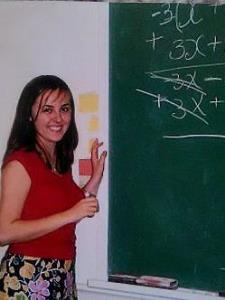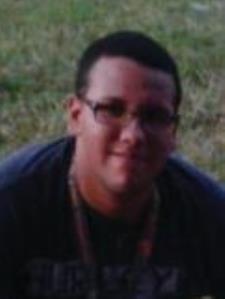Hey Diane,
So this is going to be a problem of ratios. The first thing you'll want to note is that a clock is a circle (so it is 360 around), and it is broken up in two ways. The first is with the minute hand which divides the clock in 60 equal segments, and the second is the hour hand which divides the clock in 12 equal arcs. We'll need to figure out on which degree mark the hour and is and on which degree mark the minute hand is. Once we know these two numbers, then it's just a matter of subtracting one measurement from the other to find the measure of degrees between them.
So we'll start with the minute hand. Since the hand is pointed to 23, we know that it is 23/60 of the way around the circle. If we want to figure this out in degrees we can just use a ratio:
23/60 = x/360
We put 23 over 60 because the minutes divide the clock into 60 equal segments. The x represents the measurement in degrees that the minute hand is located. We can use cross multiplication to figure out x.
Next, we need to figure out where the hours hand is located. This is a bit trickier, since it won't be pointing directly to the seven. The hand will move between the seven and eight on the clock based on how many minutes have passed since 7:00. It's not too difficult to figure out how far the hand is past the seven, we can represent this distance by the fraction of minutes over the hour. In this case it will be 23/60 or in decimals about 0.383. So the hand is pointed at the 7 and 23/60 location or 7.383 direction (we'll use the decimals from here, it's easier).
Ok, so now that we know where it's pointed, we can figure out the degree measurement similar to how we did with the minutes hand. However, this time the clock is divided into 12 equal segments instead of 60. So our ratio changes just a little:
7.383/12=x/360
Again you can use cross multiplication to figure out what x is.
Now that you have the location in degrees of both the hour hand and the minute hand, you can just subtract to find the measure between the two hands. This will give us a decimal number which you can convert to degree-minute-second form and round to the nearest minute. If you need help with this part, just respond and I'll be happy to help. But hopefully this should be good to get you started on the right path!
-Austin




Marina B.
09/29/15